

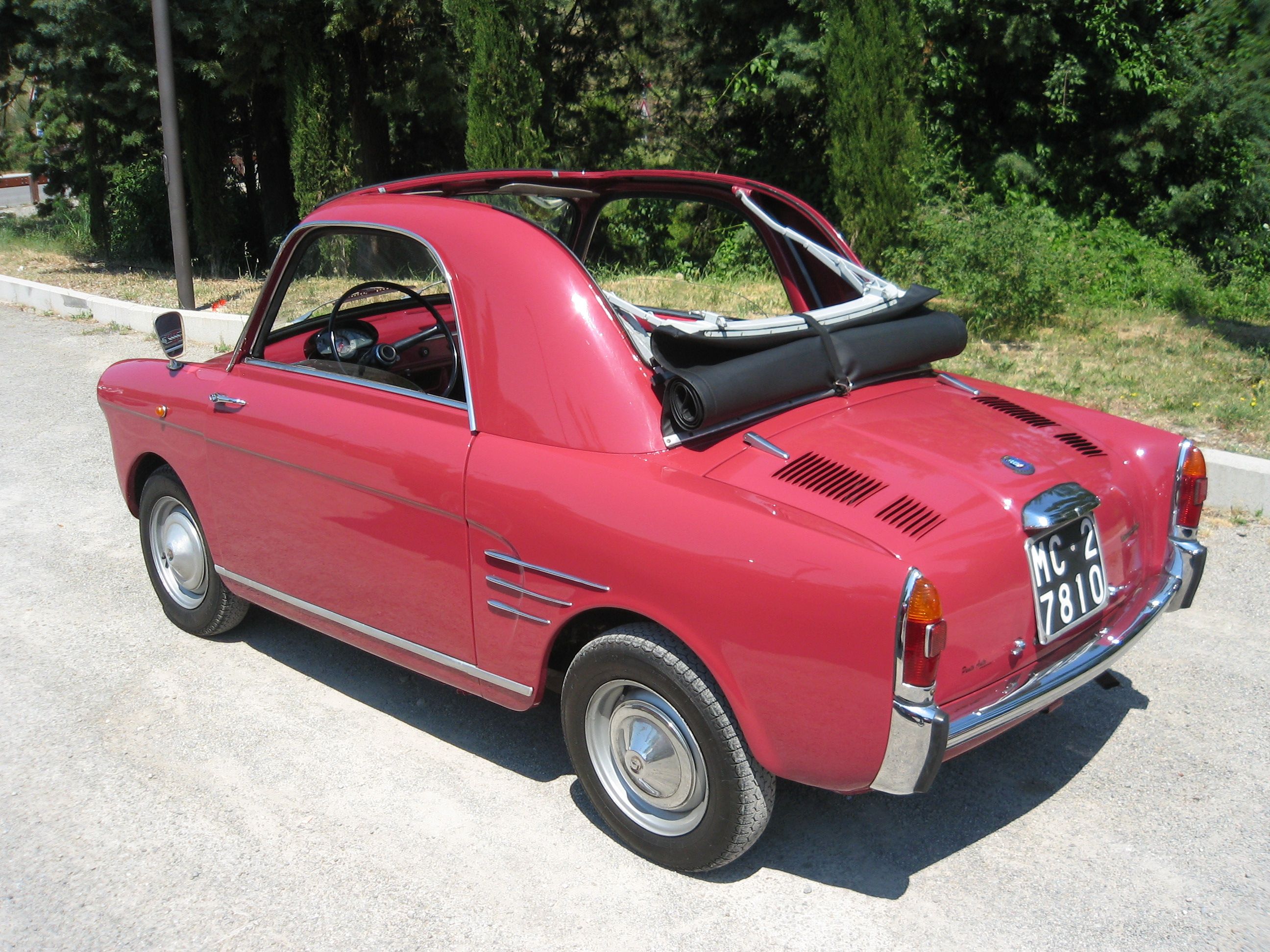
Get inspired for your next project! Alamy and its logo are trademarks of Alamy Ltd. and are registered in certain countries. Copyright © 29/06/2024 Alamy Ltd. All rights reserved.
When Italian company Piaggio introduced the Vespa scooter in 1946, little did it know just what an icon its two-wheeler would become. In September 1957 the Vespa 400 was revealed to the world at a lavish ceremony in Monaco. At 9ft 5in long the Vespa 400 was five inches shorter than a Fiat 500 (also launched in 1957) and eight inches shorter than a Mini (which wouldn't arrive until 1959). The testers wrote:Helped by the well-sprung seats, ride comfort is unusually good for such a small car. Depressingly few Vespa 400s have survived, with many scrapped decades ago because of a tendency for the gearboxes to seize up.
Motor vehicleThe Vespa 400 is a rear-engined microcar, produced by ACMA in Fourchambault, France, from 1957 until 1961 to the designs of the Italian Piaggio company. [2][3]Overview [ edit ]Vespa 400 with fabric roof retractedThe car made its high-profile public debut on 26 September 1957 at a press presentation staged in Monaco. [4] The ACMA directors ensured a good attendance from members of the press by also inviting three celebrity racing drivers[5] to the Vespa 400 launch. [6] The car's origins, developed by a leading world producer of motor scooters, Italy's Piaggio Company, makers of the Vespa since 1946, was reflected in the installation, in the Vespa 400, of a two stroke (motorbike style) engine which required oil to be added to the petrol/gasoline whenever the car was refueled. [6]Road test [ edit ]Vespa 400 dashboardVespa 400 engineThe British Motor magazine tested a 400 de luxe saloon in 1959 recording a top speed of 51.8 mph (83.4 km/h) and acceleration from 0-40 mph (64 km/h) in 23.0 seconds and a fuel consumption of 55.3 miles per imperial gallon (5.11 L/100 km; 46.0 mpg ‑US ).
My next car was totaled by someone who wasn’t insured, and the payout wasn’t enough to get a new car — but it was enough to get a brand new Vespa. My grandmother gave us my grandpa’s old car for our wedding, so I own both a scooter and a car now. If I have to be someplace really nice, I really like to use a car instead so my hair looks better. A Vespa is a kind of scooter that’s made by a company called Piaggio — it’s like the model of a car (i.e., Vespa :: Piaggio as Accord :: Honda). My first helmet was made by Vespa, but regular motorcycle helmets are great and are cheaper (almost everything is cheaper without the Vespa logo).
A prototype was developed in 1956 and first shown to the public as the Vespa 400 in September 1957. Perhaps Fiat’s concern was at least partially justified because the Vespa 400 isn’t really like most microcars, which weren’t very sophisticated. At 9-feet-5-inches long, the Vespa 400 was more than a half foot shorter than the Mini, with a 67-inch wheelbase. Their ads featured both the Vespa car and the “precision engineered” Vespa scooter. Sophisticated as it might have been for a microcar, the Vespa 400 was in crowded territory by the time it hit the market.
DescriptionNot everyone can ride their Vespa everyday, but now you can represent your other (better) ride when you're driving your car. These CAR-SIZE license plate frames feature white raised lettering with a blue silk screened Vespa logo across the bottom. Will fit most U.S. standard sized license plates. MADE IN USA!
It might help us if we knew what scooter and what car you have. If space is an issue, the Kendon line that Bald Wasp recommended is the way to go. They stand upright in your garage and only intrude maybe two feet from the wall. Maybe I'd try it once if I absolutely needed to and it was a light scooter. They stand upright in your garage and only intrude maybe two feet from the wall.
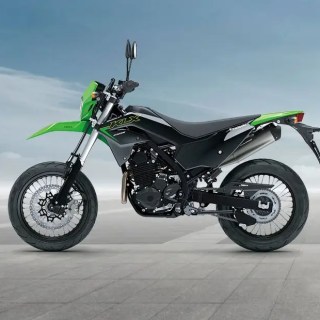
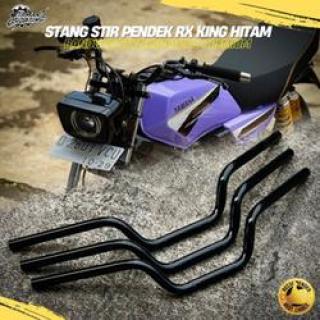
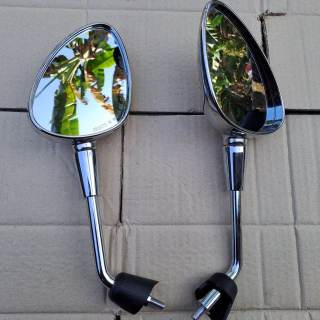

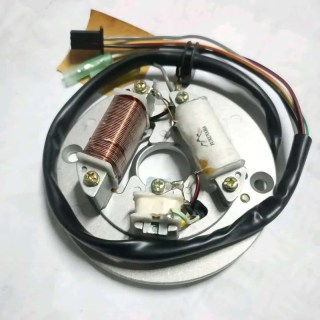

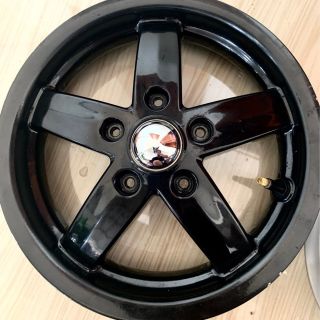
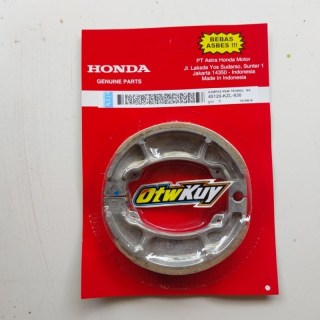

Copyright By@ServisRingan - 2025
